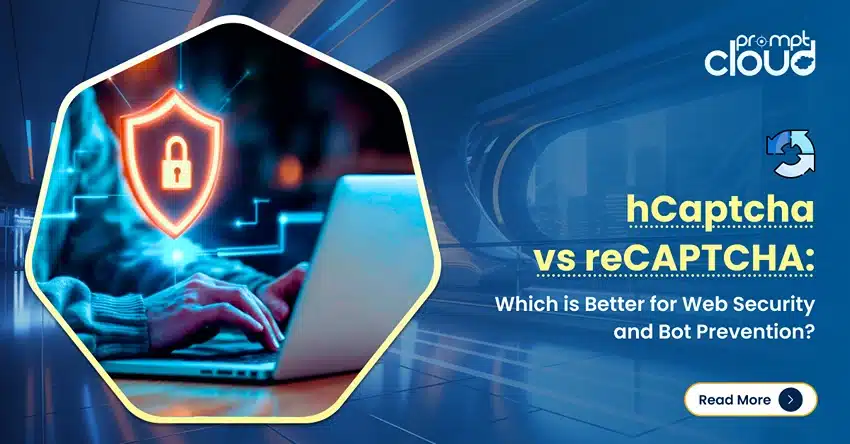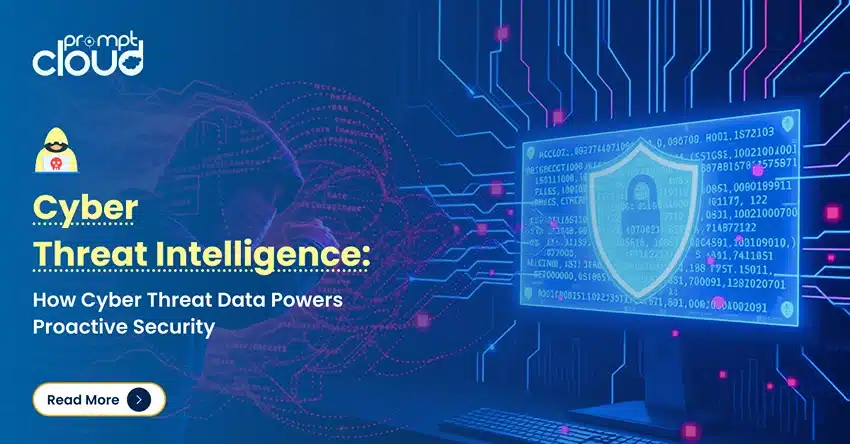Data incorporation has become an essential part of every business. There are more than 8.4 billion IoT devices connected and working currently. Maximizing efficiency and obtaining competitive advantage are major reasons for this phenomenal adoption. These numbers clearly show that the impact and influence of IoT will only rise in the coming years.
However, the same technology has increased the amount of data to a great extent. Managing this vast amount of data seems difficult in terms of security and privacy. Business leaders look at it as a downside of IoT era. Coupled with alarming cases of data theft and breaches, it becomes mission-critical to preserve the integrity and confidentiality of the organization data with strong security measures meant exclusively for IoT data. Otherwise, we will see fiascoes like Target’s settlement of a 2013 data breach case by paying $18.5 million to 47 states in the US happening more routinely.
Today, we check out the important constituents of an IoT architecture and move to examining the issues that plague the IoT businesses. We then look at 6 ways to tackle the privacy and security challenges around IoT data.
What does an IoT architecture contain?
A business needs to understand IoT architecture in order to understand its security and privacy issues. Such architecture in a company comprises a variety of components. However, they all can come down to these three:
1. WSN or Wireless Sensor Network
WSN is a set of sensors that are distributed to perform one single process. This process usually includes receiving or sending data in packets. Data packets go through local processing, conversion, storage and other procedures during distribution intervals.
2. IoT data gateway
A gateway in IoT architecture obtains data, process it and forward towards storage. This gateway is the center where management and security services are required to a great extent.
3. Storage
Storage is where data gets collected. Data analytics and presentation applications are a part of this component. These applications make collected data useful and applicable for businesses.
What security issues haunt businesses with IoT?
A wide range of security and privacy risks surround modern IoT architecture. Major data security challenges include:
1. Breaches and attacks
Hackers can try to breach IoT networks. This allows them to obtain complete control over a business’ data and network functions. Enterprises constantly face this challenge of attack prevention. Intrusions can cause reputation and money. Companies feel a threat of losing their critical data, which doesn’t allow them to leverage IoT to its maximum extent.
2. Impersonation or identity theft
IoT systems don’t require the physical presence of a person to provide access. Networks include interactions between multiple machines.
So, an unauthorized person can impersonate others and attack systems. Business leaders have suffered such attacks several times. For instance, a DNS provider, Dyn faced a cyber-attack in 2016 in their IT systems, leading to massive downtime across North America and Europe.
3. Inefficient encryption management
The integrity of business data depends on encryption technologies. However, this is not a one time job. Encryption requires regular management process. Otherwise, it makes IoT systems vulnerable towards attacks.
Hackers can breach and steal data from your storage. Many businesses suffer from unreliable encryption management, which results in security threats.
Blending a business with IoT is not very easy for every company. Most enterprise leaders don’t have a comprehensive knowledge of technologies. This increases the risk of unauthorized asset accumulation.
Businesses don’t find themselves trapped in an unreliable, unprotected data storage asset. Insecure channels and collection components in IoT network make them open for internal and external breaches.
5. Malicious activities in the background
A huge amount of data hides behind IoT architecture. This gives rise to potential malicious activities in a company. No manual process can predict or inform regarding these activities that take place in the background.
Even traditional firewalls fail in predicting these kinds of activities. Unauthorized people can breach and conduct processes that result in company’s loss in terms of frauds and reputation damage.
How to tackle data security and privacy challenges of IoT?
There are 6 key security technologies that you need to employ in your IoT infrastructure:
1. Network security
Network security is common in companies. However, IoT requires a comprehensive and more robust security in this department. Businesses need to conquer communication standards and limited capabilities of networks.
To tackle the complexity of network security, a business can combine powers of traditional antimalware and antiviruses with intrusion protection systems. Several vendors such as Cisco, Bayshore Networks, Senrio and others are working in this area. They install intrusion detection, firewalls, and other systems along with traditional network security systems. This removes the threat of network breach.
2. Cryptographic key
A cryptographic key can include both private and public keys. Using PKI or private/public key ensures the security of IoT devices from generation to installation. A key allows companies to make device generation and distribution completely secure.
Similarly, they help with securely loading data and managing systems. Utilizing PKI is like offering digital certificates to IoT devices. The activation and installation become possible via authorized people only. There are vendors such as HPE, Gemalto, DigiCert, Symantec and others working in this direction.
3. Managed encryption
A business can start with standard algorithms of encryption to make data secure and private in terms of access. Valuable information stays secure in the storage protected from hackers and data sniffers.
Encrypting data can seem difficult for large companies where a wide range of hardware and profiles are working. These companies need to focus more on the lifecycle of an encryption key. A thorough and authorized management process is required.
Professional encryption service companies such as Cisco, Lynx Software, Entrust Datacard and other vendors can help you achieve managed encryption.
4. Secure authentication
Authoritative access to systems and data is possible with secure authentication. Multiple users can access different data sets on the same network by using passwords or pins. Dual factor authentication is more robust in this department.
Multiple machines are connected and interact with each other to offer authority to access a device. Enterprises can move forward from physical authentication and obtain efficiency with machine based systems. That too, without compromising security and privacy.
Vendors such as Covisint, Baimos Technologies, Device Authority and others are helping businesses in this direction.
5. API security
API security is a necessity to ensure that only authorized developers, applications and devices are interacting with APIs. Security measures in this department allow business to authorize every movement before it gains access to data.
Data flow in backend and applications uses secure digital documentation to authorize an action. This is a precaution to save data from potential attacks and threats. Companies such as Akana, MuleSoft, CA Technologies and WS02 are offering API security solutions.
6. AI in analytics
A company has to collect a huge amount of data. Then, they aggregate, monitor and normalize it in order to provide actionable reports. These procedures always face the issues of manual security errors. However, incorporating AI and machine learning can bring sophistication to big data analytics.
AI solutions in IoT improve predictability of security threats. They can monitor backend data on an ongoing basis and report if any threat arises. Machine learning evolves itself with time. Eventually, they become capable of detecting intrusions that are not possible with traditional techniques.
Identifying intrusion threats is possible with vendors of such solutions. Some of them are Cisco, SAP, Indegy, and Senrio.
To sign off
Security and privacy threats are driving innovative technologies in IoT. Solution providers are aligning with the security needs of businesses. But an enterprise should always begin with basic security solutions. Then, they can improve their security approach according to IoT protocols and standards.
Don’t wait for security incidents to happen before you deploy solutions. Become aware and responsible in terms of data security and take actions in advance. Combine simple solutions to complex ones in order to manage and maintain your vast network. Security and privacy are all about an end-to-end approach. Network protection is essential, encryption requires management, and analytics should be empowered with intrusion detection.
Your business depends on IoT and the benefits it offers. So, you can avoid these technologies. Facing security challenges is the only way to compete and survive in today’s market. Hence, make sure you safeguard your sensitive data from cyber attacks, hacking and other internal and external threats. Never let anything disrupt your business’ smooth functionality.




















